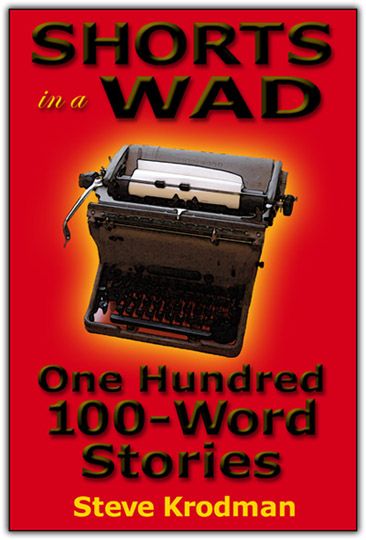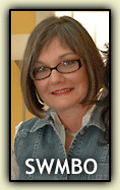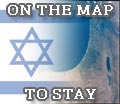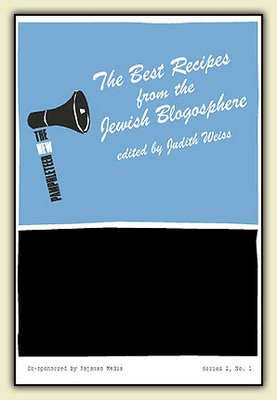
The Bradford pears, cherry blossoms, and forsythia are in bloom... and Passover is in the air.
A cauldron of SWMBO’s chicken soup is simmering atop Darth Stover, perfuming the house with chickeny warmth. A pile of matzoh balls - both plain and whole wheat - will shortly be swimming amongst the chunks of chicken and carrot.
Two loaves of gefilte fish are ready to be sliced up and festooned with parsley and carrot slices. One loaf is the standard whitefish and pike blend; the other, salmon. They’ll be served with lashings of pungent chrain - horseradish.

Gefilte fish. Think of it as a sort of meatloaf... but with fish. A Passover tradition.
There’s a bowl of charoset marinating in the back of the fridge. A mixture of shredded apples, nuts, golden raisins, cinnamon, and sweet wine, it symbolizes the mortar with which the ancient Israelites built the cities of Pithom and Raamses.
A honkin’ big brisket of beef is resting comfortably in the downstairs fridge. After having been braised for five hours yesterday, all that bad boy needs is to be warmed up, sliced, and served with a liberal dollop of its oniony, tomatoey sauce.
Our friends JoAnn and Gary will be bringing some roasted asparagus and sweet potatoes. And that’s not all. Chopped liver (which I will doctor up with some onions caramelized in goose schmaltz) - and for afters, sponge cake.
Pesach, AKA Passover, begins at sundown. Perhaps owing to the special dietary requirements of the holiday, it’s an extremely food-centric festival, its central observance being a combination of Great Big Meal and Socratic dialogue. But the food is, despite the grip with which it holds our sense-memories, not the point. The point is the retelling of the story. It is the story of a great liberation, a journey from slavery to freedom. It is the central narrative of the Jews, those quintessential Red Sea Pedestrians, who could just as well be called “The People Who Went Forth from Egypt” instead of “The Children of Israel.” For while being descended from the patriarch Jacob - Israel - made us a people, the going forth from Egypt defined us as a nation, a people with a shared historical experience.

The Seder plate, with the traditional adornments. Clockwise, from the top: Zeroah - a roasted lamb shankbone, symbolic of the Paschal sacrifice. Charoset - an apple and nut relish representing mortar. Chazeret - Romaine lettuce, a bitter herb. Karpas - parsley, a green vegetable. Beitzah - an egg, symbolizing the chagigah (festival) sacrifice. Center: Maror - a bitter vegetable, in this case horseradish. In the silver case beneath the plate are three sheets of matzoh, the unleavened bread that is the most well-known food associated with the holiday.
The story is thousands of years old, yet it still resonates. And it should. For, as the Haggadah (the book of Passover liturgy) reminds us, had our ancestors not been redeemed from bondage, we would even now be slaves in Egypt... and the history of the Western world would have been very different.
A chag sameach - most happy festival - to our Jewish friends. To everyone else, a good week - one that may be spent, perhaps, meditating on the blessings of freedom that we enjoy today.




















No comments:
Post a Comment